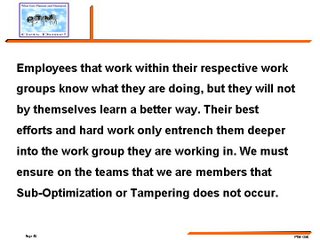

Many companies will often use the terms strategic plan and business plan interchangeably. The difference is noteworthy because one is considered short term and one long term. A business plan goes into detail for planning of the current year, and somewhat less detail for year two. It details the who, why, what, when, where and how the plan will achieve its objectives. It should also be a document with associated action plans that contains the results of trying to reach those objectives.
Strategic planning is planning for years 3 through 5 or longer. A strategic plan involves assessing the current business and industry it is in. It defines how the company wants to exist in that industry, this is most commonly known as the mission statement. It determines where the company will be in 3 to 5 years.
Perhaps we start with the attitude “how do we provide even higher value to our customers with lower cost.” We look at data from each city on how the needs of our major customers or customer segments are changing, on the markets for our current and potential products and services, on the industry as a whole. We need to also look at environmental factors such as changes in regulations, in technologies, in unions, in demographics. We look at our internal capabilities, such as trends in process improvements and quality, cycle time, promises kept and costs. In other words we need to take an honest and open-minded look at our capability to attract, secure and retain customers.
All this information is then integrated into an understanding of our current and potential markets (cities) and our ability to respond to and shape the evolution of these markets. This understanding identifies and defines our strategy. We then should develop strategic action plans to align these activities for implementation to these objectives. Financials support this activity by what these changes will do to revenue, costs, cash flow, and profits.




